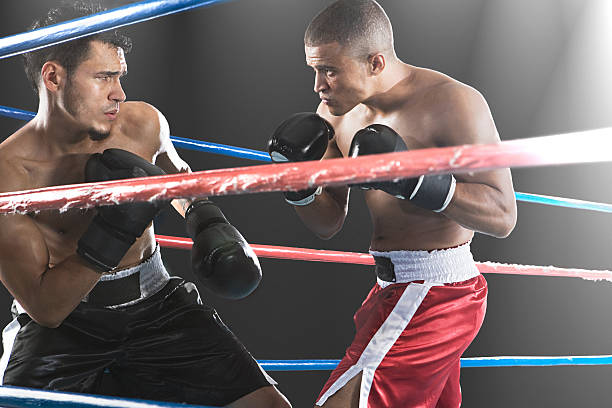An excellent preschool teacher is someone who can nurture and guide young children as they learn and develop. They must have a deep understanding of child development and be able to create an environment that is both stimulating and supportive.

Here are 12 traits of an excellent preschool teacher:
1. Patience:
A good preschool teacher has the patience to deal with the challenges that come with working with young children. They understand that children learn at different speeds and have different learning styles, so they are willing to adjust their teaching methods accordingly.
2. Creativity:
A good preschool teacher is creative in their approach to teaching. They understand that young children learn best through play and exploration, so they use a variety of activities and materials to engage their students.
Creativity is key to engaging young minds. A good preschool teacher will use creative methods to teach concepts, entertain fidgety kids, and keep things fresh day-to-day.
3. Flexibility:
A good preschool teacher is flexible and able to adapt to the ever-changing needs of young children. They understand that children’s interests and abilities change frequently, so they are always looking for new ways to engage their students.
Flexibility is important for two reasons: first, because no two days are ever the same in a classroom full of preschoolers; and second, because the children’s needs and moods can change rapidly. A good preschool teacher can adapt on the fly and roll with the punches.
4. Communication Skills:
A good preschool teacher has excellent communication skills. They understand the importance of clear and concise communication with young children and can adapt their language accordingly.
Excellent communication skills are necessary to effectively communicate with both children and parents. A good preschool teacher will be able to express him or herself clearly, while also being a good listener.
5. Organization:
A good preschool teacher is well-organized and able to keep track of the many tasks that come with working in a classroom setting. They understand the importance of having a routine and can create a schedule that meets the needs of their students.
6. Classroom Management:
A good preschool teacher has a well-defined system of classroom management. They understand the importance of maintaining a safe and orderly environment and can effectively keep their students on task.
7. Knowledge Of Child Development:
A good preschool teacher has a thorough understanding of child development. They can provide age-appropriate activities and experiences that support the developmental needs of their students.
8. Instructional Skills:
A good preschool teacher is skilled in instructional methods and strategies. They understand how young children learn best and can use a variety of teaching techniques to engage their students.
9. Assessment Skills:
A good preschool teacher is skilled in assessment methods and tools. They understand the importance of assessing student progress and can use a variety of assessment strategies to monitor student learning.
10. Interpersonal Skills:
A good preschool teacher has excellent interpersonal skills. They understand the importance of building positive relationships with young children and can effectively communicate and interact with their students.
11. Strong Work Ethic:
A strong work ethic is essential for any preschool teacher. The job can be demanding, both physically and emotionally, so it’s important to have a positive attitude and a willingness to put in the extra effort when needed.
12. Dedication To Professional Development:
A good preschool teacher is always learning and growing, both professionally and personally. He or she will take the time to stay up-to-date on the latest early childhood education research and trends, and will also be dedicated to his or her professional development.
To know more, click what makes a good preschool teacher.






